Essay
Behind The Scenes: Reading Like A Writer
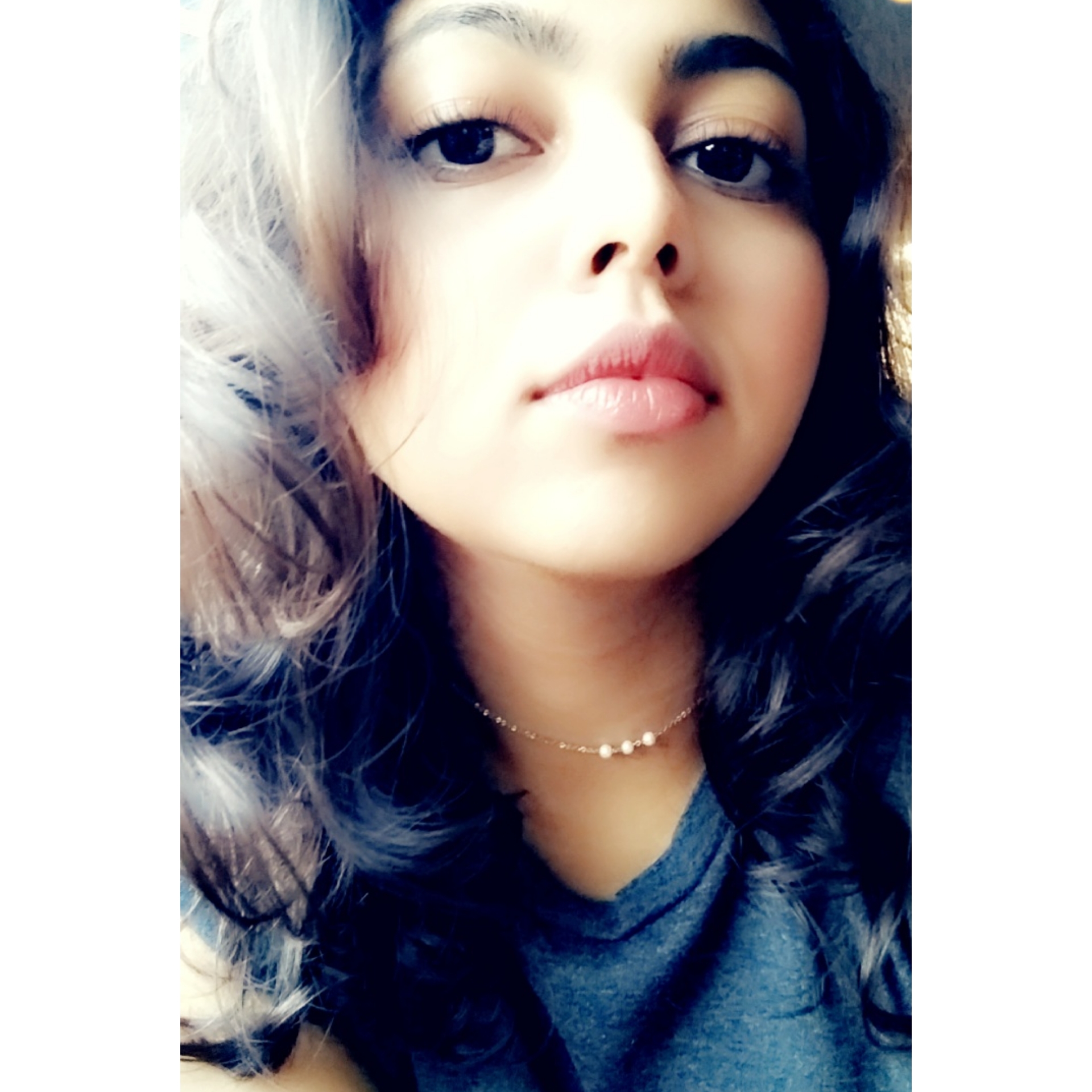
Aashmika
September 06, 2018
All writers are readers first.
Well, almost all, but in all probability, a writer that doesn’t read, will never be read at all.
There are plenty of reasons why writers – or anyone – should read, but a very interesting phenomenon is how writers read. You’d be surprised to know that the relationship between writers and books is iffy, to say the least. The relationship of writers with their own books, however, is a different story.
I recently graduated with an MA in Creative Writing from Oxford. I met a lot of writers – or alternatively, people who called themselves writers – of different backgrounds, ages, and genders, and I realised a few things:
We’re all the same, in that we all want to be different. We’re all vain – utterly full of ourselves, and at the same time, we’re nit-picky – self-critical to a fault. We’re all potential psychopaths and scientists and presidents and queens, and we connect the dots even when there are none. We’re moody, troubled, and yes, occasionally brilliant. It’s permissible to imagine us brooding over our desks, cooped up in our rooms or in some artsy café, with a pile of paperbacks and a token notebook in close vicinity, a trusty laptop before us with about 40% battery remaining. What we’re doing at said desk has been a universal mystery for centuries, and I wouldn’t be able to tell you for sure either, because the person at that desk is not me.
Proust states that “a book is the product of a different self from the self we manifest in our habits, in our social life, in our vices.” My writerly self is a different entity. The “I” in an autobiography or essay or even in conversation, and the “I” who writes a story are “selves” as different as two people. And yet the two are not mutually exclusive either.
Several agree on the fragmentation of the ego of the writer. But if a person can have a writerly self, they can also have a readerly self – which is more wholesome and forgiving than the former. The process of reading is complex and curious, doubly so for a writer.
Some of us are just looking for a blueprint – a template on which to base our book. Some of us read out of longing, out of a hope that someday we will achieve a greatness similar to the author we’re reading. Some of us do it to stay in the loop, to be in touch with everything related to our genre, to keep tabs on contemporaries. Some of us do it with the clear goal of improving our writing, learning and picking up tips and techniques. Some of us are searching for inspiration, “borrowing” ideas, plots, character quirks. Some of us only read “bad writing” – to make us feel better about ourselves. And some of us, do it because it’s what defines us, because it’s what makes us; we read out of sheer love, we read to wander and don’t necessarily care about being found.
Whatever the reason, reading as a writer is a fully active process, as compared to passive reading, where one might read just to fall asleep, or skim through the sentences while thinking about something else entirely. One must be awake to imbibe and internalise every word, every rhythm. An experienced writer enters the ocean of a book in a boat, knowing what to expect, knowing they must get wet, petting the sharks between the lines and the piranhas of metaphor and meaning. A non-writer dives in naked, at the risk of drowning, no float, nothing, swimming spellbound through all perils, towards the sirens of story. The writer reads like a seasoned pirate: we are well aware of how enticing words can be, we come ready with a pencil, aching to prod and plunder. Honestly, since the past few years, I have seldom sat down to read without a pencil. When it comes to reading like a writer, there is highlighting and questioning, pointers in the margin, exclamations and hearts beside spectacular and truly affecting prose. I have different symbols, parentheses, and underlining techniques that mean different things to me. By the end of it, the book looks like a battlefield.
That’s just it, though: to know what makes a book whole, one must take it apart. Desecrate to venerate. Deconstruct to construct. And the trick to doing this well is making sure that the magic of the book stays intact. In fact, when I read, there is nothing truer, purer, or more compelling than the magic of story and storytelling.
One of my favourite authors is Canadian-Sri Lankan author Michael Ondaatje. The first book I read of his was The English Patient, which was prescribed for our MA English syllabus. I was floored. Utterly disassembled. His vigorous poetic prose, his intimacy and intricacy – the book had me reeling. I read it about thrice in two months, analysing it inside out, all the ravines of possible meanings and stylistic devices. I hadn’t decided to be a writer then.
In Oxford, I picked it up once again. I had chosen that book to write my critical essay on. I had to look at it from the writing perspective- focus on reading like a writer. I was stunned by how much more I saw – not necessarily more, but different. I spent days disentangling the plurality of the text, all its multidimentionality and multivocality. The things I had marked as a Literature student took on new identities when I looked at them as a Creative Writing student. Observing not just that he uses particular devices like repetition and fragmented narration, but why he uses them, and what possible effects it could have on the reader. Where previously I had befriended the characters, I now became them. I not only followed the author’s decisions but paid more attention to the characters’ choices. Sometime during that intense course of critical analysis, I realised there is more to a story than just its characters than its plot, setting, and theme. There is a distinct and composite fabric that is used by every author for every story; when you start to read as a writer, you get a glimpse at that foreign fabric, its taste, its tone. And each has such a unique feel. With The English Patient, I started piecing together the mirage, and the cartography that revealed itself to me was what inspired me to begin my own story.
Currently, I’m reading Ondaatje’s latest novel Warlight. I’m only halfway through it, but already I have left so many emotional and physical markers within. Dialogues and passages, words – written and unwritten, voices, that I will undoubtedly return to.
Neil Gaiman says, “Most of us find our own voices only after we’ve sounded like a lot of other people.” This is why writers should read. This is what reading like a writer looks like.
We follow footprints and echoes, of authors, of characters, of ourselves. We question: what, why, how, and create our own answers. This is how we read.
Feature Image Credit: Infographic vector created by Makyzz – Freepik.com | Designed by Rawpixel.com
Do you write? Would you want to read like a writer? Do you think the process of reading has an art or science behind it? Share with us in the comments below.
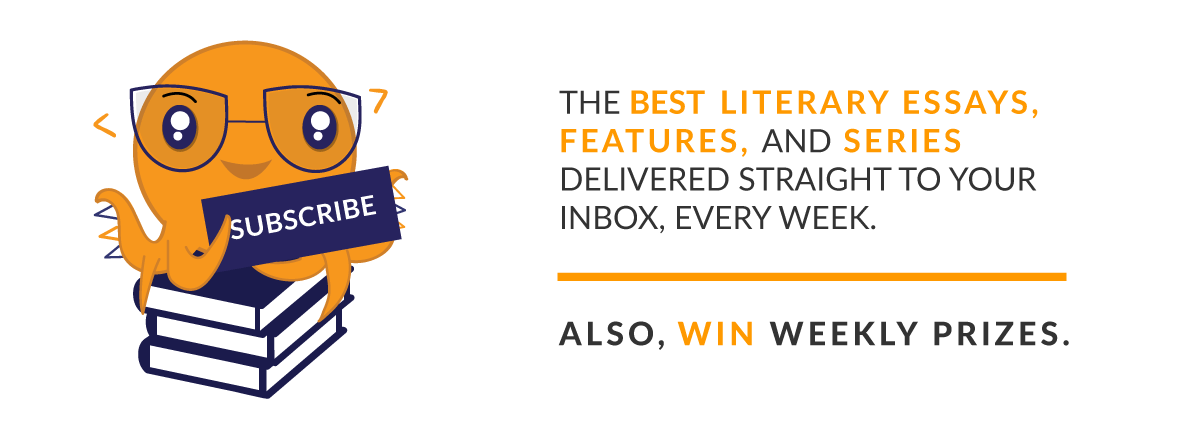

Aashmika
Aashmika is a writer from Mumbai. She recently completed her MA in Creative Writing from Oxford Brookes University and also has an MA in English Literature from Mithibai College, Mumbai. She is also a belly dancer, which successfully battles her professional introversion. When she isn’t reading or writing prose or poetry, she is watching TV shows. She loves animals, tattoos, nature, and taking pictures of things.
Aashmika is currently working on her first novel (but don’t ask her about it).
Read her articles here.

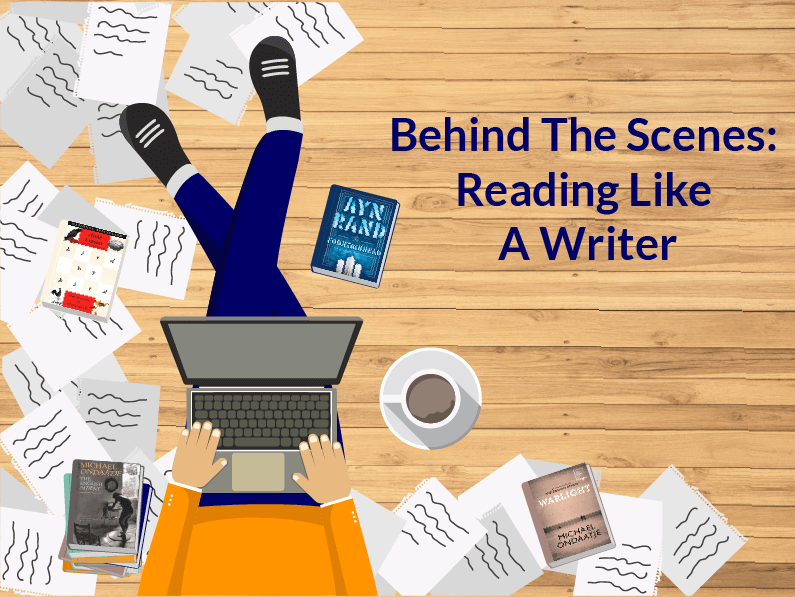
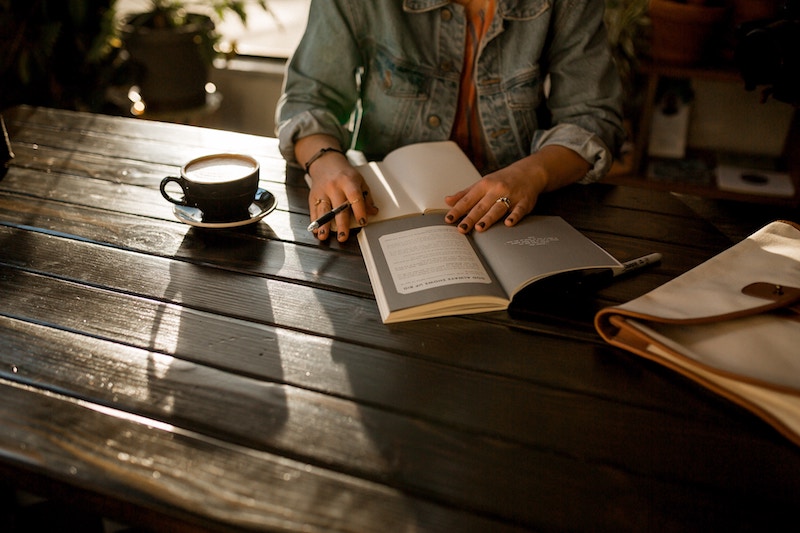
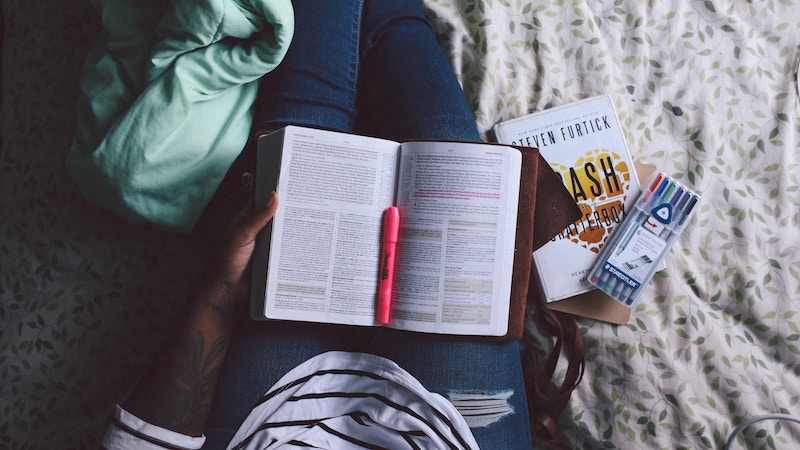
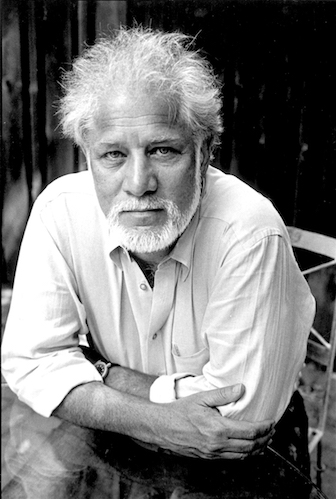
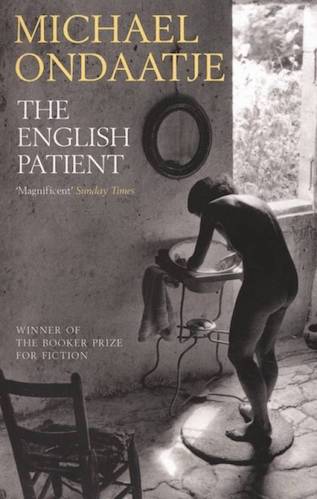
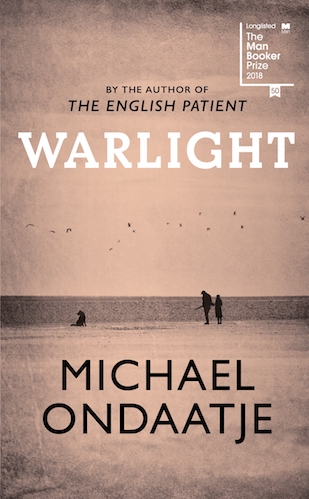
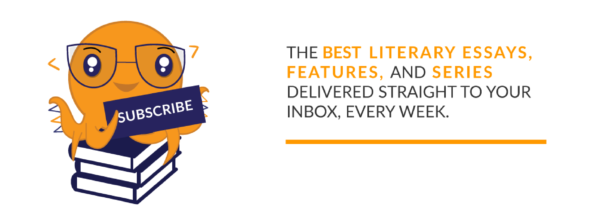
Check your inbox to confirm your subscription
We hate spam as much as you hate spoilers!